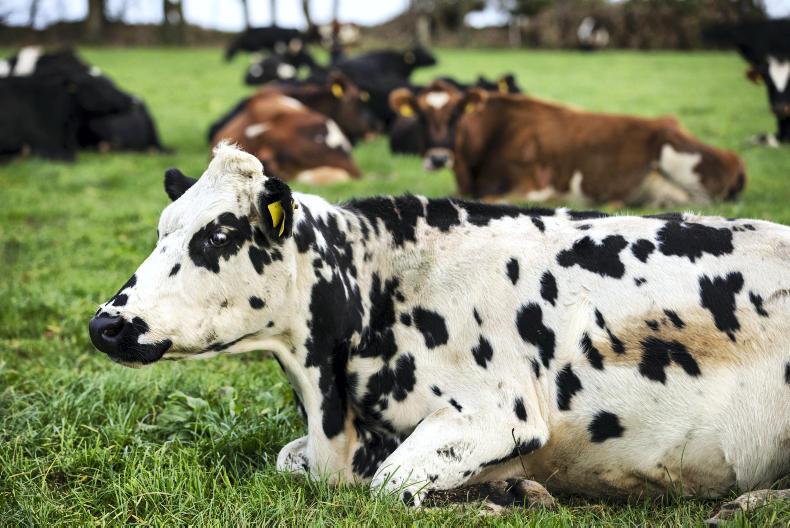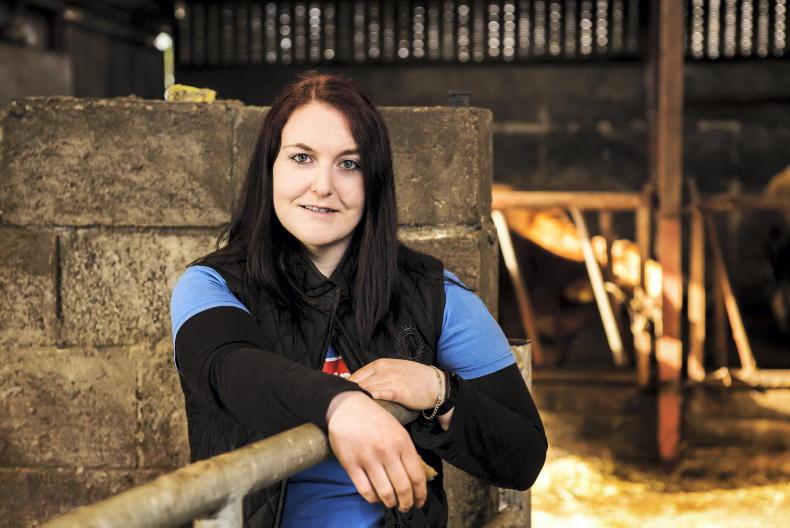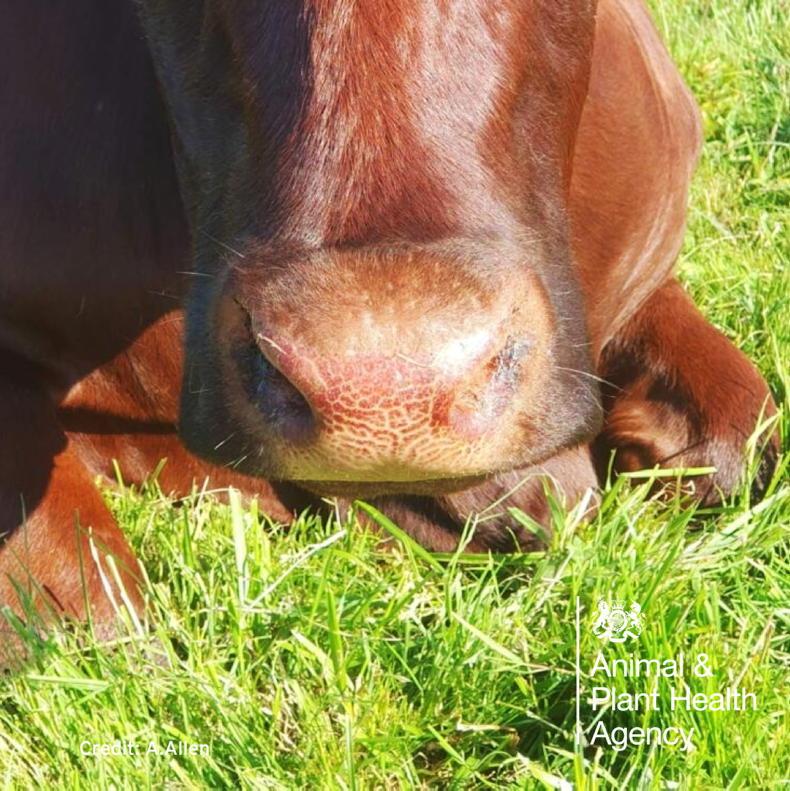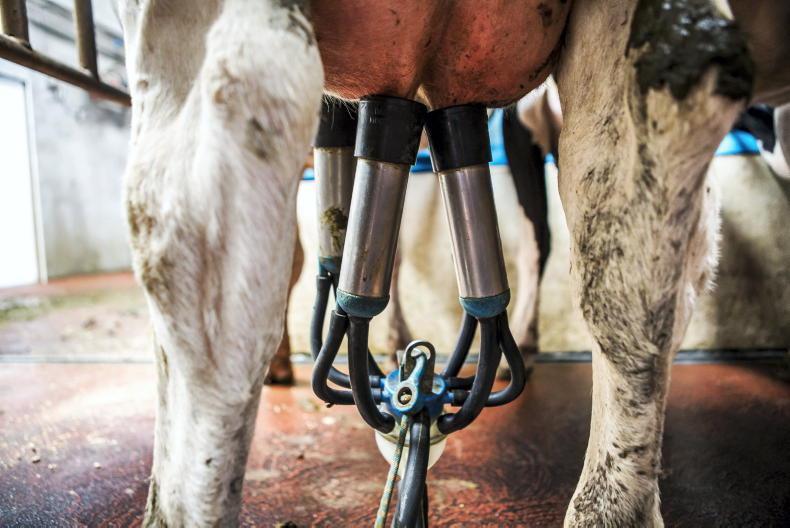Closing covers: The 5 October is the date when most farmers will start closing paddocks for the winter. In the last few years, this date has moved from 15 October, to 10 October and now 5 October.
Why the change? The main reason is that farmers have identified that having a high opening farm cover in spring is worth more than getting extra days at grass in November. However, where enough grass has been built up this autumn there should be enough grass to keep grazing until early November and still close paddocks early.
That said, the paddocks closed this weekend can always grazed for the last rotation, weather and grass growth permitting.
However, it should be presumed that the first paddocks closed won’t be grazed again until next spring. By then, they’ll have a very high cover of grass, probably over 2,000kg/ha. This will need to be grazed off by mid-March.
Cows will be entering and exiting these paddocks many times, so you will need good access with plenty of gaps along roadways.
Protected urea: The following is a list of fertiliser products compiled by Teagasc containing protected urea. Only three inhibitor types have been tested and approved for Ireland. These contain NBPT, 2NBT or NBPP. Not all fertiliser sold as protected urea contain these inhibitors, so when pricing or buying fertiliser for next season, make sure you know what you’re getting.
Some farmers have experienced a poorer response to urea with different inhibitors to the ones outlined below. If buying protected urea, keep in mind the shelf life of the product. There is no definitive shelf life on the inhibitor, but I’d be inclined to use it within nine or ten months of manufacture.
Read more
Protected urea: your questions answered
Dairy management: dealing with the wet weather
Closing covers: The 5 October is the date when most farmers will start closing paddocks for the winter. In the last few years, this date has moved from 15 October, to 10 October and now 5 October.
Why the change? The main reason is that farmers have identified that having a high opening farm cover in spring is worth more than getting extra days at grass in November. However, where enough grass has been built up this autumn there should be enough grass to keep grazing until early November and still close paddocks early.
That said, the paddocks closed this weekend can always grazed for the last rotation, weather and grass growth permitting.
However, it should be presumed that the first paddocks closed won’t be grazed again until next spring. By then, they’ll have a very high cover of grass, probably over 2,000kg/ha. This will need to be grazed off by mid-March.
Cows will be entering and exiting these paddocks many times, so you will need good access with plenty of gaps along roadways.
Protected urea: The following is a list of fertiliser products compiled by Teagasc containing protected urea. Only three inhibitor types have been tested and approved for Ireland. These contain NBPT, 2NBT or NBPP. Not all fertiliser sold as protected urea contain these inhibitors, so when pricing or buying fertiliser for next season, make sure you know what you’re getting.
Some farmers have experienced a poorer response to urea with different inhibitors to the ones outlined below. If buying protected urea, keep in mind the shelf life of the product. There is no definitive shelf life on the inhibitor, but I’d be inclined to use it within nine or ten months of manufacture.
Read more
Protected urea: your questions answered
Dairy management: dealing with the wet weather










SHARING OPTIONS